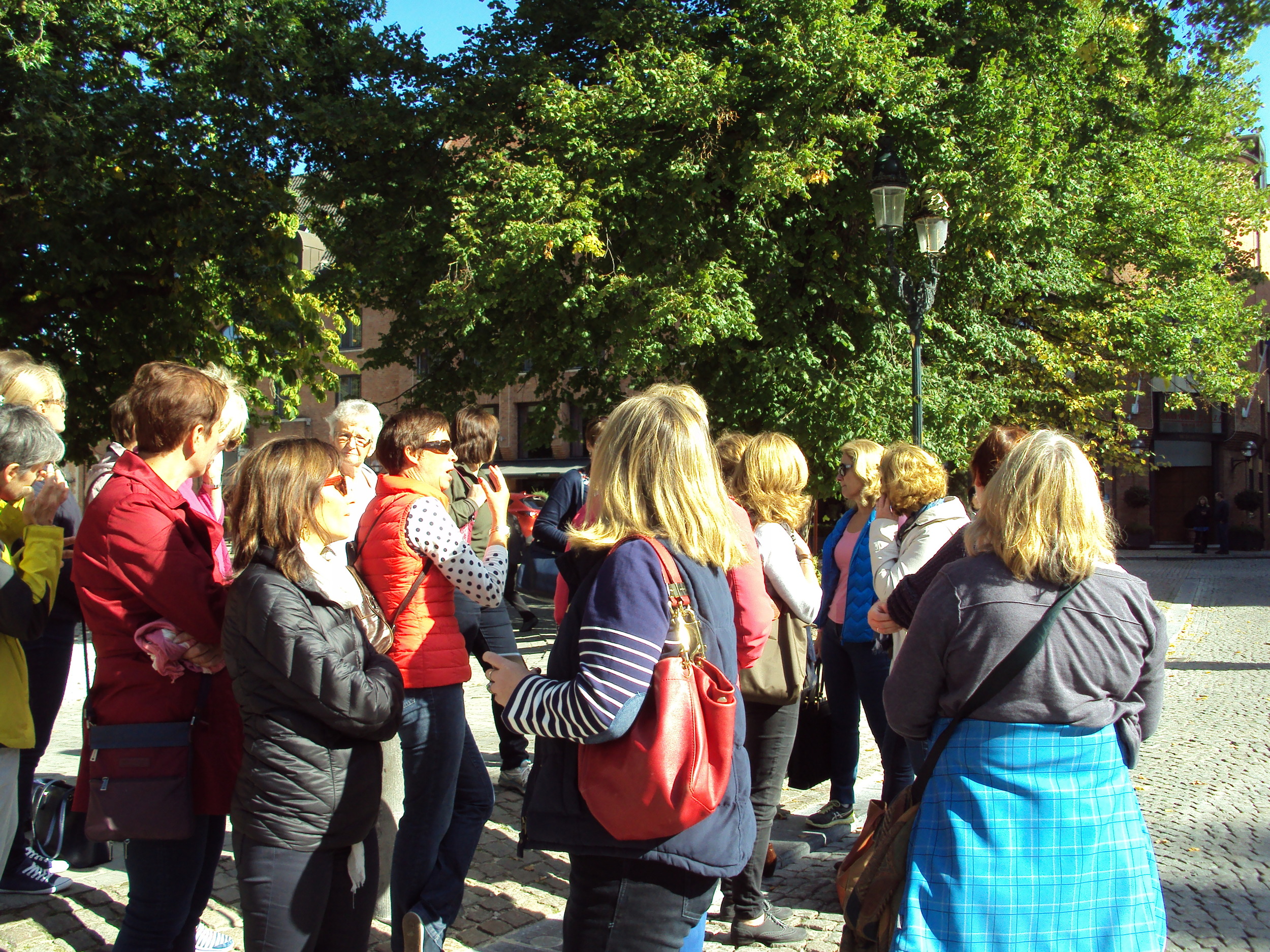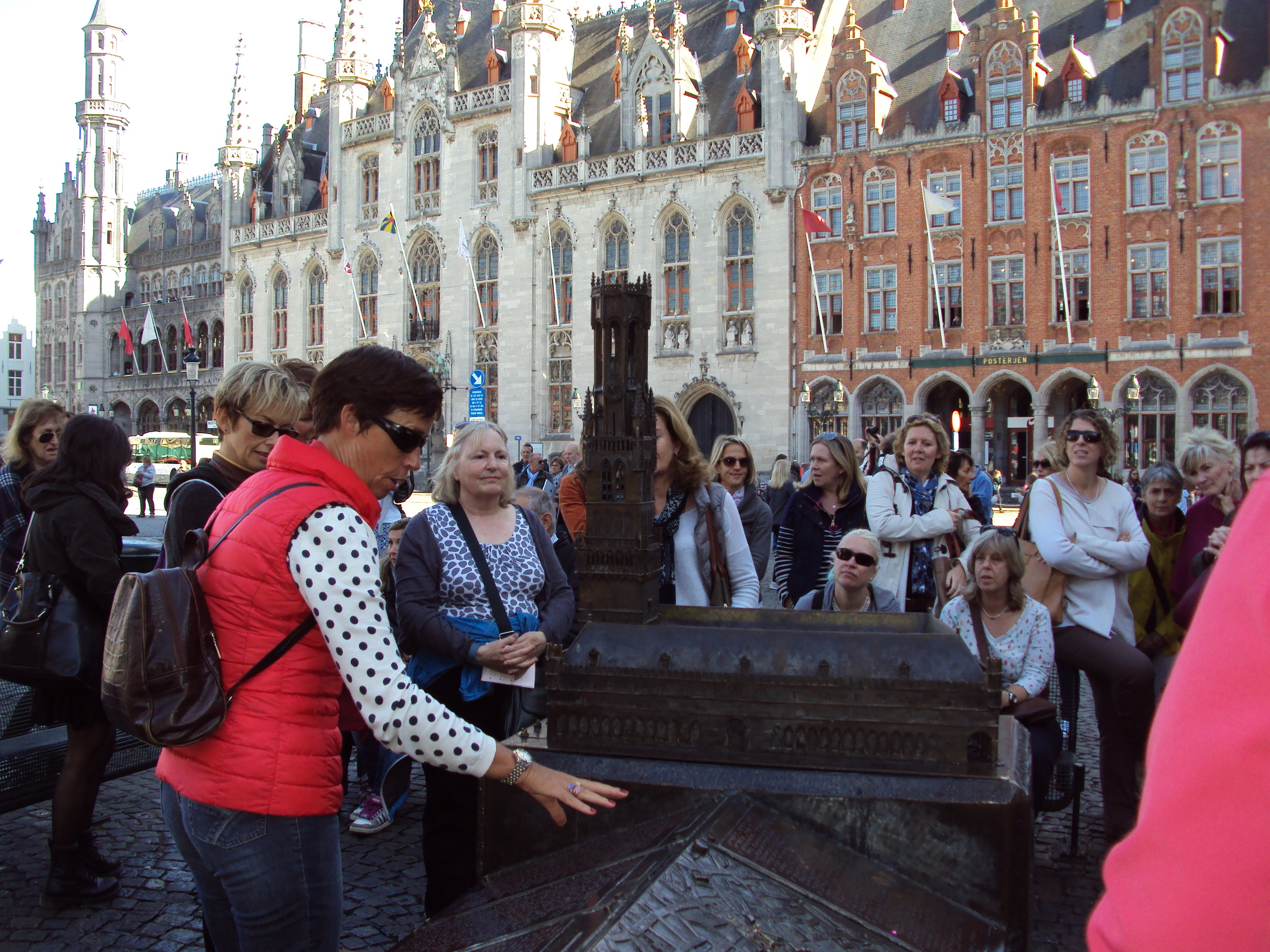Up the pace to a jog or a run, and the movement is split: 51% up and down, 22% side to side and 27% in and out. The overall pattern is a figure of eight (on it’s side).
Breasts move as much during a slow jog as they do during a sprint, meaning no matter what your pace, you should always wear a sports bra- and a good one at that! Two ordinary bras will not stop the motion.
If you are hitting the ground hard then you are getting a lot more vertical bounce than you would ever want- damaging breast ligaments and altering your whole body biomechanics and a lot more besides! ( AKA heading south!)
Warning- clicking here will make your eyes water! Put your size in and your sport and see how much damage you could be doing! Enough said!
http://www.shockabsorbersport.co.nz/wawcs0141481/bounce-o-meter.html
If you are playing other sports then look below from a great piece of research from Portsmouth about bounce!
A BIOMECHANICAL ASSESSMENT OF BREAST KINEMATICS
DURING DIFFERENT EXERCISE MODALITIES
1Debbie Risius, 1Alexandra Milligan, 1Chris Mills, and 1Joanna Scurr1University of Portsmouth, Portsmouth, Hants, UKemail:Debbie.Risius@port.ac.uk, web: http://www.port.ac.uk/breastresearch
INTRODUCTION
Effective sports bras that minimise breast displacement are crucial to reduce breast discomfort during exercise [1]. The majority of breast biomechanics literature centers on treadmill activity. However, until the movement of the breast is understood during different actions, optimum breast support parameters for sport specific activities are unknown. This study aimed to determine the kinematics of female breast movement during; running, jumping and an agility task, in order to inform breast support design during different multiplanar activities.METHODSTen 34D cup participants had passive markers attached to their right nipple and trunk, to calculate relative 3D breast displacement [2]. Supported and unsupported anterioposterior, mediolateral and vertical breast displacement was calculated during treadmill running (10kph), maximum counter movement jumps and an agility T-test.RESULTS AND DISCUSSIONExercise modality influenced the magnitude of breast displacement when bare breasted (p<.006) and when wearing a sports bra (p<.013). The greatest anterioposterior (57 mm) and mediolateral (67 mm) breast movement was found during the agility task, and the greatest vertical breast movement (86 mm) found during jumping (Fig. 1). Agility and running had equal distributions of movement in each direction (30% AP, 36% ML, 33% V), whereas jumping activities produced a larger distribution in the vertical direction (26% AP, 27% ML, 47% V). The sports bra was more effective at reducing anterioposterior breastdisplacement during running (51%) than either jumping (35%) or the agility task (41%), more effect at reducing mediolateral displacement during jumping (64%) than either running (47%) or the agility task (49%), and more effective at reducing vertical breast displacement during running (66%) than jumping
Exercise modality has an impact upon the magnitude and distribution of multiplanar breast displacement, and also upon a sports bra’s effectiveness at reducing this breast movement. Sports bra manufacturers may wish to design sport specific products, as a sports bra effectiveness is influenced by the type of exercise [1].REFERENCES1. Scurr J, et al. J Sports Sci 29, 55-61, 2011.2. Scurr J, et al. J Appl Biomech 25, 322-329, 2009.
So keep up the running just not the bouncing!
Jayne Nixon
Clinical Specialist Physiotherapist
BSc HONS MSc Sports & Exercise Medicine MCSP HCPC Reg.
Sevenoaks Physiotherapy and The Running School Kent
























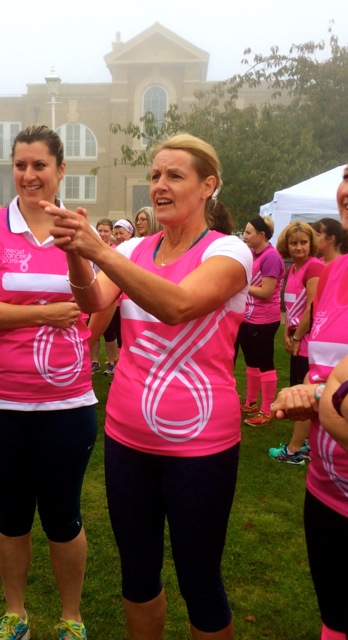


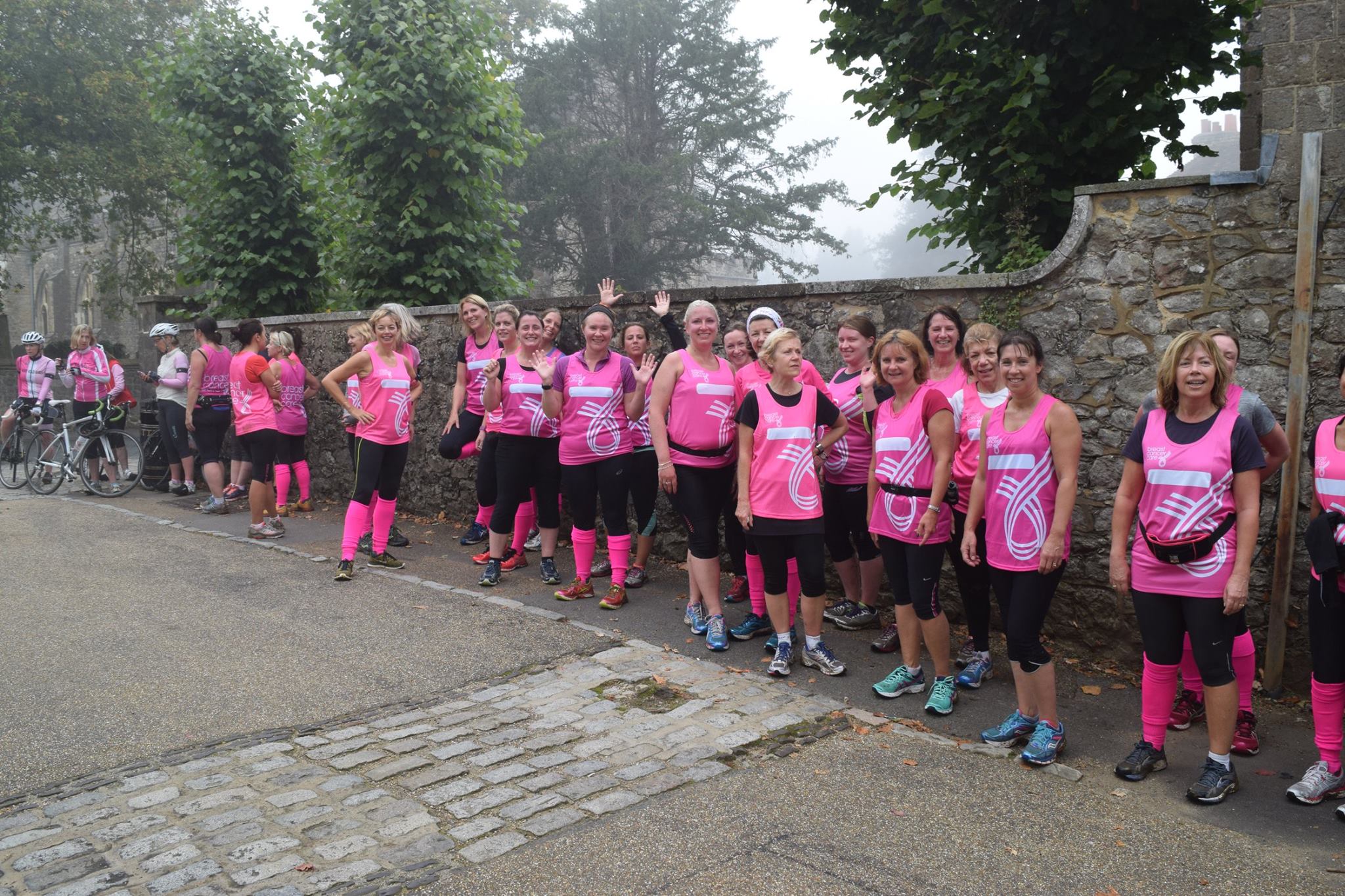



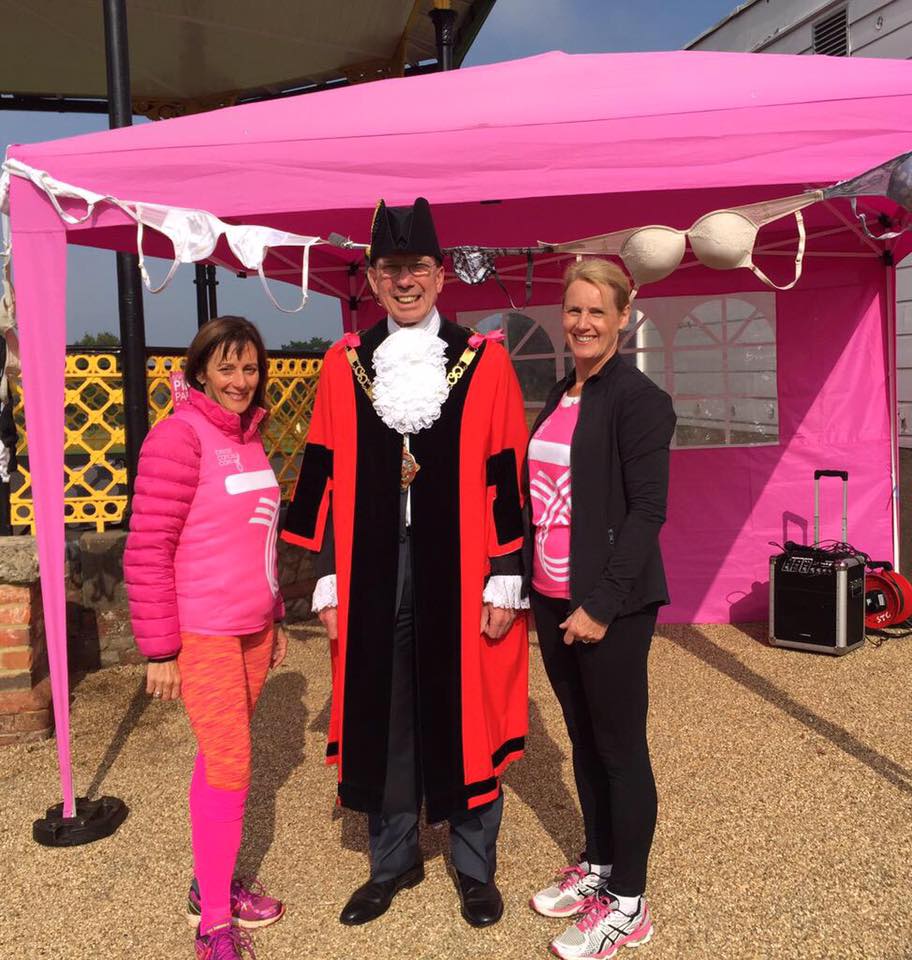





















![IMG_4165[1].JPG](https://images.squarespace-cdn.com/content/v1/51fa5ee6e4b0a2a178e782f3/1443547096077-8O18MWXTOSFN96CPRIZQ/IMG_4165%5B1%5D.JPG)
![IMG_4182[1].JPG](https://images.squarespace-cdn.com/content/v1/51fa5ee6e4b0a2a178e782f3/1443547019375-LPRFQTE9HZ14ZIRP8CK2/IMG_4182%5B1%5D.JPG)
![IMG_4164[1].JPG](https://images.squarespace-cdn.com/content/v1/51fa5ee6e4b0a2a178e782f3/1443547003844-AKVTMAFBQIV8DESGC2KJ/IMG_4164%5B1%5D.JPG)
![IMG_4203[1].JPG](https://images.squarespace-cdn.com/content/v1/51fa5ee6e4b0a2a178e782f3/1443546997661-NPTT7M68BXU6IDC7MPUD/IMG_4203%5B1%5D.JPG)

![IMG_4245[1].JPG](https://images.squarespace-cdn.com/content/v1/51fa5ee6e4b0a2a178e782f3/1443547064217-RLY67BTHLLXU4NCS8YBB/IMG_4245%5B1%5D.JPG)
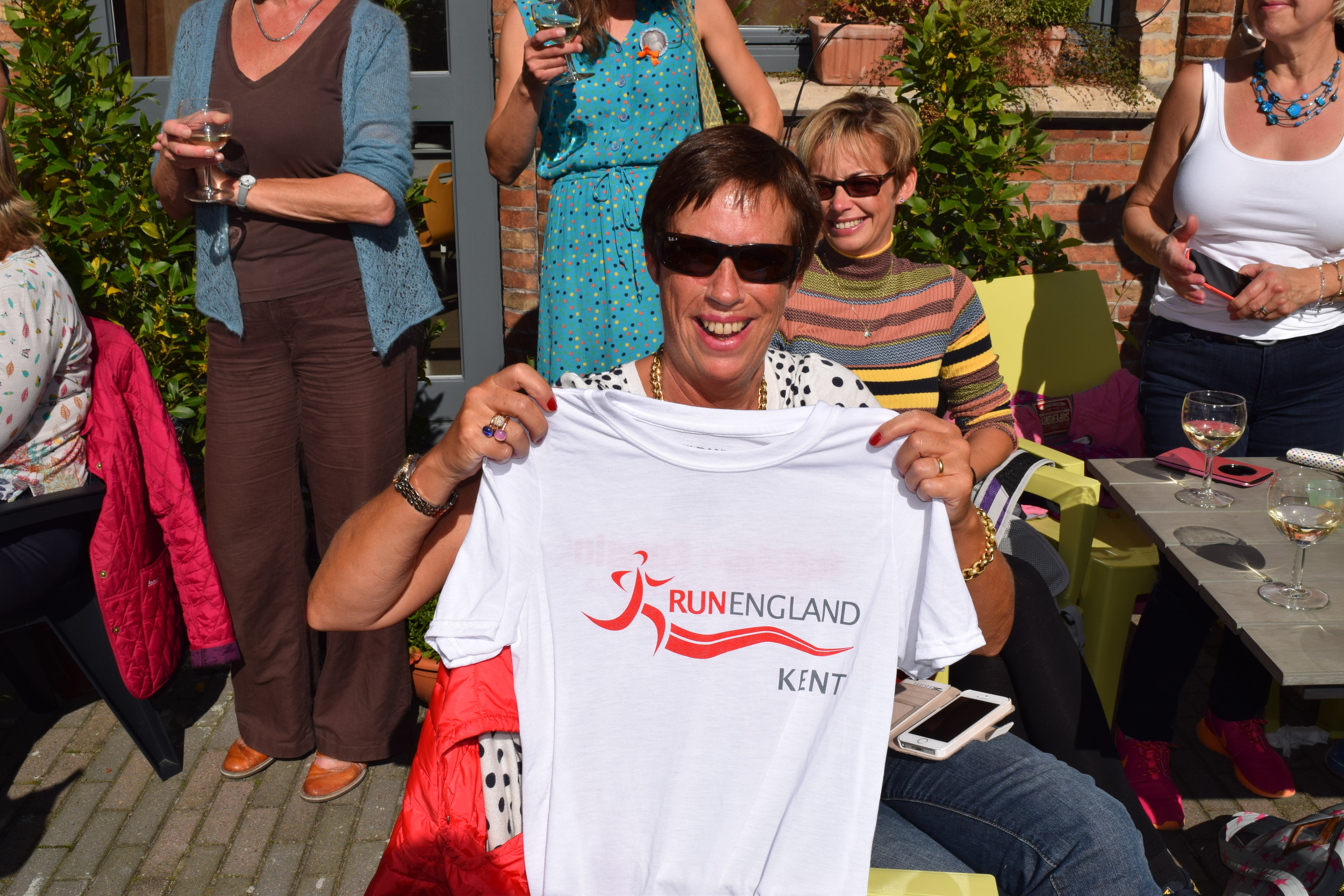


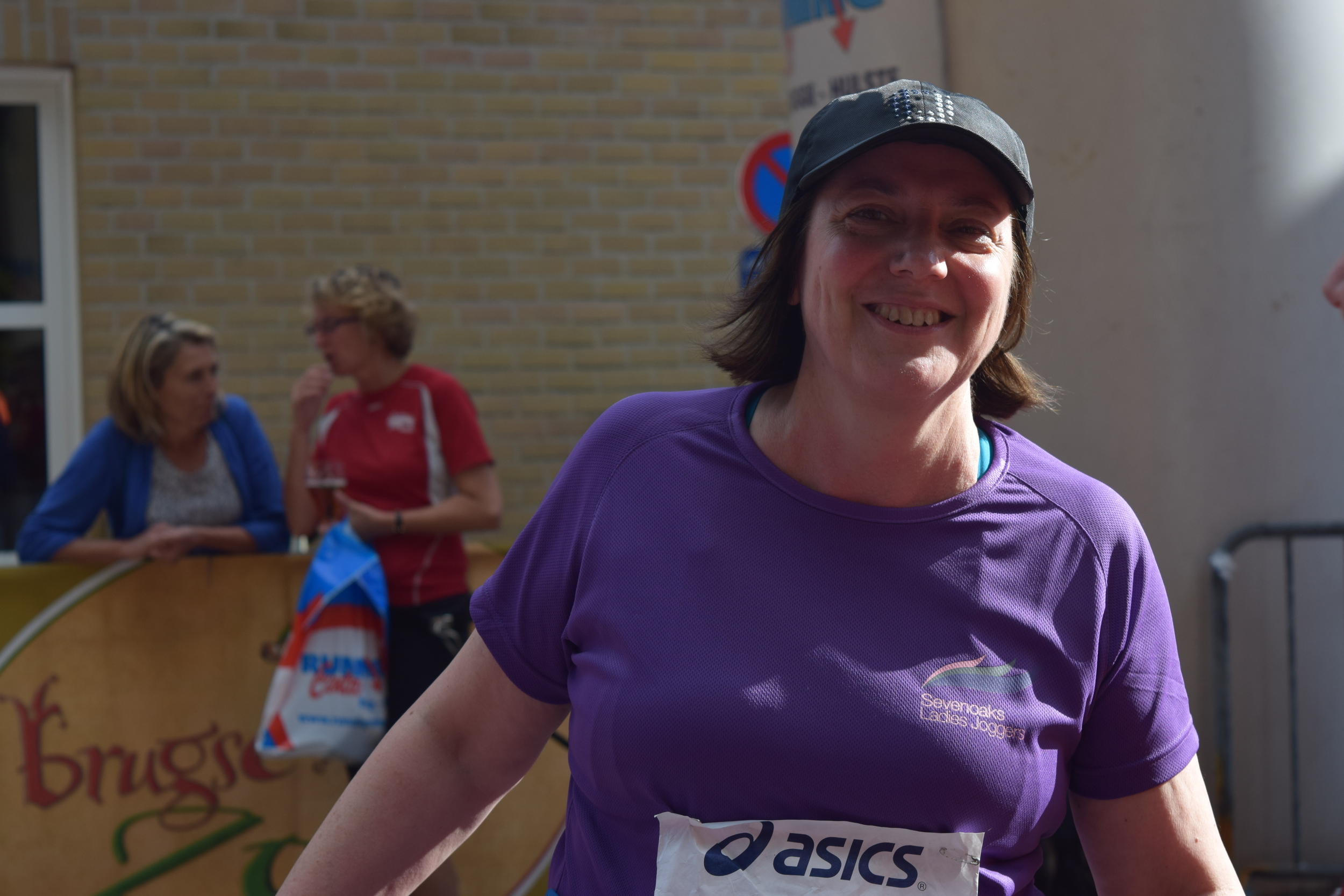
![IMG_4244[1].JPG](https://images.squarespace-cdn.com/content/v1/51fa5ee6e4b0a2a178e782f3/1443547049236-BQA7CJ7516EBV943HFIE/IMG_4244%5B1%5D.JPG)





![IMG_4246[1].JPG](https://images.squarespace-cdn.com/content/v1/51fa5ee6e4b0a2a178e782f3/1443547027276-UMWF0N13Q970OJBJH5JG/IMG_4246%5B1%5D.JPG)
![IMG_4251[1].JPG](https://images.squarespace-cdn.com/content/v1/51fa5ee6e4b0a2a178e782f3/1443547036964-3F8KD42TQ827SETNH7LS/IMG_4251%5B1%5D.JPG)
![IMG_4212[1].JPG](https://images.squarespace-cdn.com/content/v1/51fa5ee6e4b0a2a178e782f3/1443547092315-QR13CWGUL2ZGW84HPS44/IMG_4212%5B1%5D.JPG)
![IMG_4210[1].JPG](https://images.squarespace-cdn.com/content/v1/51fa5ee6e4b0a2a178e782f3/1443547071588-ZWNMSMKIQ6DW6VCX4R9P/IMG_4210%5B1%5D.JPG)



























